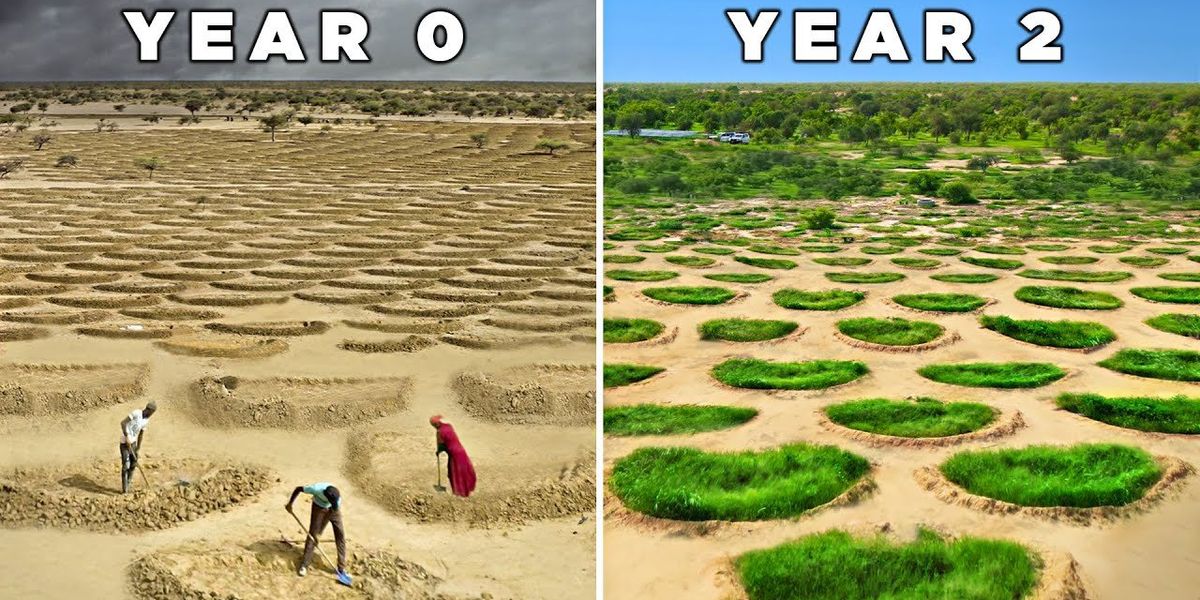Just a few years ago, the Sahel region at the northern edge of Senegal was a “barren wasteland” where nothing had grown for 40 years. But the United Nations World Food Programme (WFP) and local villagers teamed up to regreen the area, bringing back agriculture, improving the economy of the people who live there, and preventing the climate migration that desertification ultimately leads to.



Probably also because there’s more than one community they need to support and there’s only one person who would receive additional income, instead of most in the community. And by teaching all to do it manually and showing the impact. (Which is making more land suitable for sustenance farming)
And getting local support is always vital to create long lasting success. Using a tractor would probably not guarantee this.
Then again you might get better answers if you look up some of these videos by organisations covering this. They usually have titles like “turning the dessert green again”
I don’t really see it as a fixed amount of work that needs to be distributed among all the people. Getting more half moons dug in a shorter amount of time will reclaim a lot more farmland, and will have labor opportunities in actually working the land.
Digging out the half moon, one per person per day, is only the start. These communities are trying to actually grow crops, too. So it seems that if you have a pool of labor available, the upper limit is going to be how much agricultural land area can be managed by that labor pool. At that point digging more half moon patches isn’t going to create any more opportunities (unless we’re talking about improving the agricultural productivity per worker, and should probably talk about farming equipment too). If the income is to come from the crops they produce, shouldn’t increasing the output of crops be economically good for that community?
It seems that using equipment would transform a larger quantity of land, which is good for the environment in general. Then, the economic impact would still be distributed among the entire workforce, able to work that land and do the actual agriculture.
What am I missing?
When looking up more details it seems that it’s actually not possible to make them mechanically. It’s considered one of the disadvantages despite their simple and cheap implementation.
Edit: I think you’re also applying a western image of what farmland is to this situation. I don’t think I can do it justice so I highly recommend you look up some of these videos to get better picture, it’s quite interesting and at least some glimmer of hope to see that some land can be reclaimed from erosion and desertification.